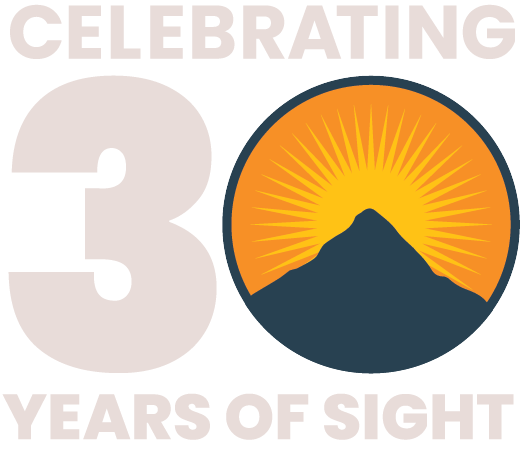Cataracts are the leading cause of blindness worldwide and the incidence is on the rise with increasing population and longevity. Surveys in developing countries demonstrate few people with visually significant cataracts are getting surgical treatment. In parts of India only half of the population blind from cataracts received surgery; in China and Nepal 46–48% of those in need had cataracts removed. The percentage of curable blindness resulting from cataracts in Nepal is 80%. Several developing countries have very limited medical financial resources and in Nepal a large proportion of the population is located in remote mountainous terrain mostly inaccessible by road. Thus, it is not financially or practically feasible to provide the technologically advanced refractive measurements, including keratometry and A-scan and B-scan ultrasonography, allowing for custom fitted intraocular lenses (IOLs), which are the standard in developed countries. Rather, at the minimum, the goal is to provide adequate refraction, sufficient for the activities of daily living, which enables a patient to cease being a burden to the community. In order to treat the vast numbers of cataract patients in a cost effective manner, it is necessary to use a single power IOL for all patients which will give optimal refraction to the majority of the patients erring on the side of undercorrection. The single IOL power used by the Himalayan Cataract Foundation in remote eye camps has in the past been based on measurements of the average North American axial length. This study has determined the distribution of IOL power required for emmetropia in a cross section of the Nepali population affected by cataracts differs from the currently used IOL power.
The Himalayan Cataract Project (dba Cure Blindness Project) is a 501(c)(3) nonprofit organization; Tax ID 03-0362926. Your gifts are tax-deductible to the fullest extent of the law. Principal photography provided by Ace Kvale, Michael Amendolia, and other photojournalists who have generously supported our work. Site design and development by Flannel



